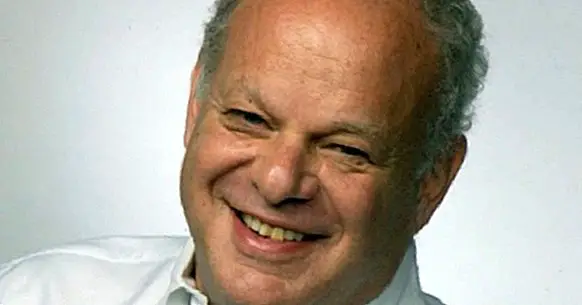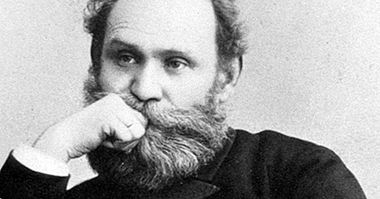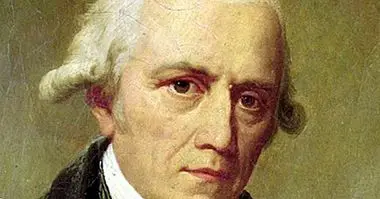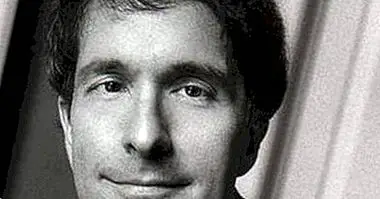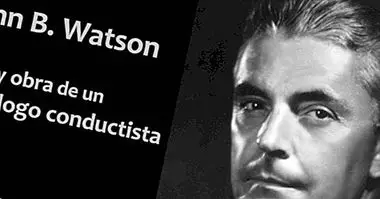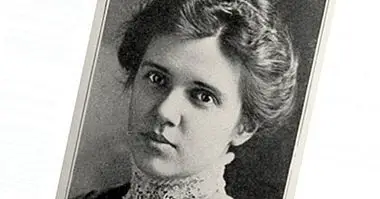Martin Seligman: biography and theories in Positive Psychology
Today the development and application of positive psychology is at the peak as that branch of psychology responsible for the scientific study of the optimal functioning of human beings and the development of their potential and well-being, seeking their happiness.
One of the pioneers in developing this type of psychology is Martin Seligman, who is also widely known for his studies on depression and the concept of learned helplessness. This author has made, and in fact continues to do so, multiple contributions to the field of psychology throughout his life. That is why in this article we will review the biography of Martin Seligman .
- Related article: "Positive Psychology: how can you be really happy?"
Brief biography of Martin Seligman
This well-known author has played an important role in the study of disorders such as depression and, more recently, that of well-being and happiness. Next we will see a brief summary of the stages of his life, his theories and his greatest contributions to psychology.
Birth and academic formation
Martin Elias Peter Seligman was born on August 12, 1942 in the New York state of Albany, in the United States. In Albany I would study during primary and secondary education. Once finalized this one would enroll in the University of Princeton to attend the race of Philosophy, in 1960.
He graduated in 1964, doing it with top honors with the title Summa cum laude. After that, he would receive offers from various universities to continue his studies with them, with the author choosing the University of Pennsylvania. He studied Animal Psychology, obtaining his doctorate in psychology in 1967 .
Next, Seligman began a fruitful career as a researcher.
- Maybe you are interested: "History of Psychology: authors and main theories"
Professional performance and contributions to psychology
Initially, Martin Seligman served as an assistant professor at Cornell University, and later in Pennsylvania, where he would go on to become a professor of psychology. In 1980 he was appointed director of the clinical training program of the latter university, working for years in the treatment and research of depression and other disorders. Throughout his career he was making important contributions that would lead him to be widely recognized and to receive multiple awards
However, the author would be aware that clinical psychology in general tends to focus only on the aspects that generate dysfunctionality and suffering of the person and treat them, there is no optimistic vision focused on reinforcing the elements that generate well-being . In 1990 the researcher turned his career around in order to focus on the study of happiness.
On the other hand, Seligman has developed several theories and contributions to the world of psychology. Let's see what they were.
About depression
Throughout his years of study he would be influenced by one of his professors, the famous psychologist Aaron Beck, from whom he would be inspired to study the functioning of the depressive disorder.
According to his theory about depression, this condition is a consequence, in part, of a problem of perception of reality, related to the feeling of loss of control and with how causes are attributed to positive or negative experiences : the negatives seem caused by oneself, and the positives are the result of chance and the effects of others. This idea is related to the theories of attribution.
Learned helplessness
Once a doctorate, in 1967 he began researching at the University of Pennsylvania. I would start researching animals, specifically dogs , under a paradigm based on operant conditioning.
During these experiments, in which electrical stimulation was used, Seligman could observe how animals subjected to a previous experience in which they could not escape the aversive stimulation stopped trying to do so even when at other times they could have, manifesting passivity.
These experiments led to the birth of the theory of learned helplessness , which would be associated with the absence of proper activity of depressed subjects: the depressed subject has learned that his performance does not change events and has no results, so he stops acting.
This theory would be an important contribution that would allow to advance in the generation of explanatory theories of different aspects of depression and work focused on combating helplessness. He also participated in the creation of various methods to treat this disorder based on the confrontation and the change of negative automatic thoughts.
- Related article: "Learned helplessness: delving into the psychology of the victim"
Presidency of the APA and birth of Positive Psychology
During the year 1996 Martin Seligman He was named president of the American Psychiatric Association (APA) , a presidency that would suppose the opportunity to open new research and work routes for this science. His main objective during his tenure was to combine theoretical and practical knowledge.
In 1998 he proposed the search for a more positive psychology, not so focused solely on the pathological aspects of the psyche and behavior and that seek to study the aspects that make us feel welfare and happiness. In 2000, positive psychology would be founded as a scientific study of optimal human functioning, which thereafter has helped to expand, and the Manual Virtues and Strengths of Character. Another relevant initiative was the prevention of war or ethnopolitical conflict.
During 2002 he developed the theory of true happiness , in that it proposed the development of the own strengths and characteristics to reach it. During 2003, the Master of Applied Positive Psychology was created under his direction. As of 2005 he was appointed director of the department of psychology at the University of Pennsylvania.
In 2010 he reformulates his theory of authentic happiness, appearing welfare theory and the PERMA model, which studies what people choose to increase their level of well-being, including positive emotion, positive relationships, involvement, meaning and commitment.
- Maybe you are interested: "History of Psychology: authors and main theories"
Present
During the last years Martin Seligman has made numerous publications (like Flourish, in 2011) and given different conferences.
At present, he continues to exercise, at 75 years of age, as director of the Penn Positive Psychology Center and professor in the psychology department of the University of Pennsylvania (specifically with the title of Zellerbach Family Professor of Psychology). He is also director of the Master of Applied Positive Psychology and continues to practice as a consultant in different organizations.

